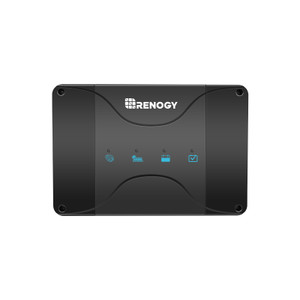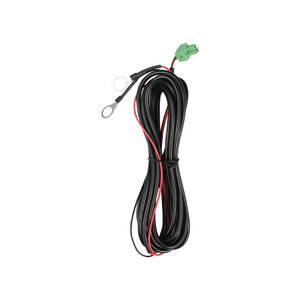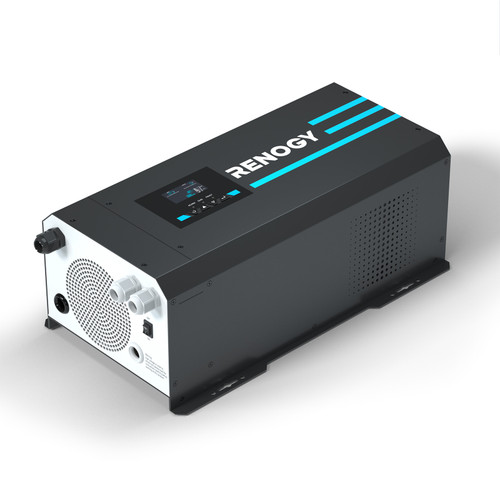



- 1. Do not reverse the polarity since the reverse polarity of the battery connections can cause injury and damage to the device.
- 2. When connecting the charger and the battery, make sure the battery poles are clean when connecting the terminals, select a sufficient cross-section for the connection cable, tighten the nuts and bolts with proper torque as loose connections may cause overheating.
- 3. Be careful not to over-torque the terminals on the DCDC as over-torquing may cause irreparable damage (Do not exceed 16 N-m / 3.3 ft-lb).
- 4. Use the following cable colors:
- Red: positive connection
- Black: negative connection
- 5. If the battery charger is connected to the starting battery and solar panels at the same time, the maximum input current will be 25A for each; if the battery charger only connects one of the two DC inputs, the maximum input current will be 50A.




















































